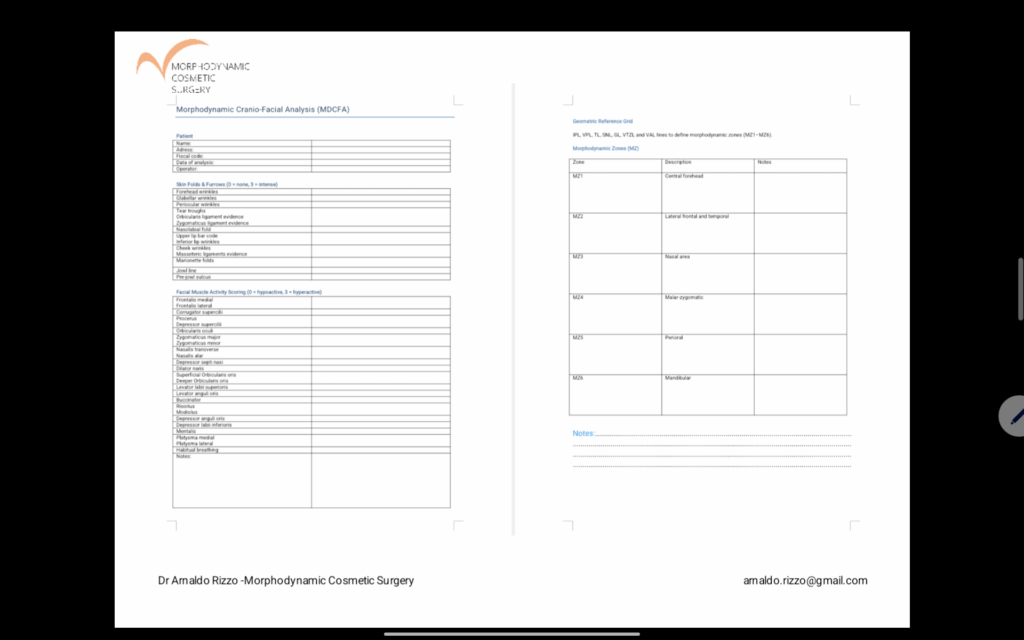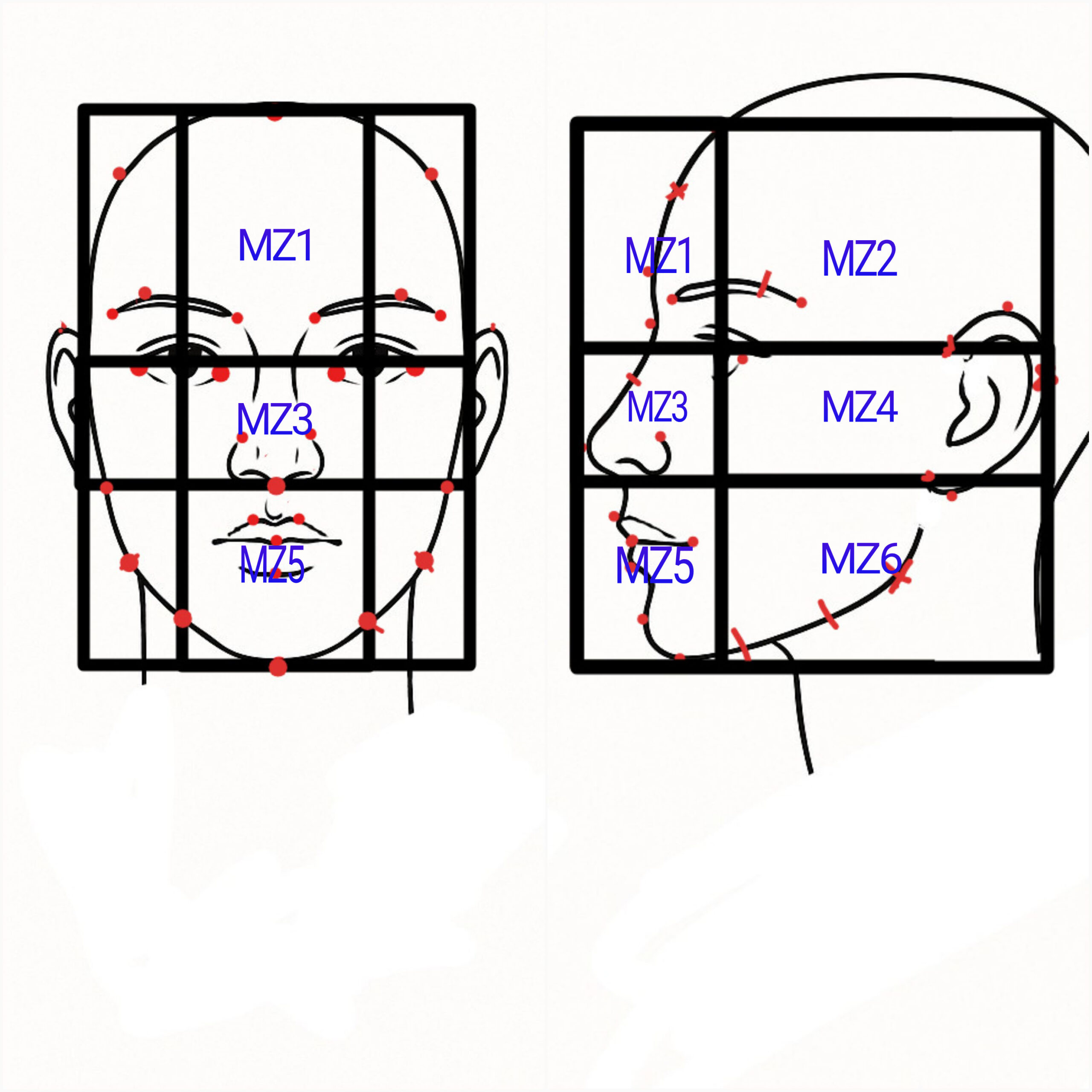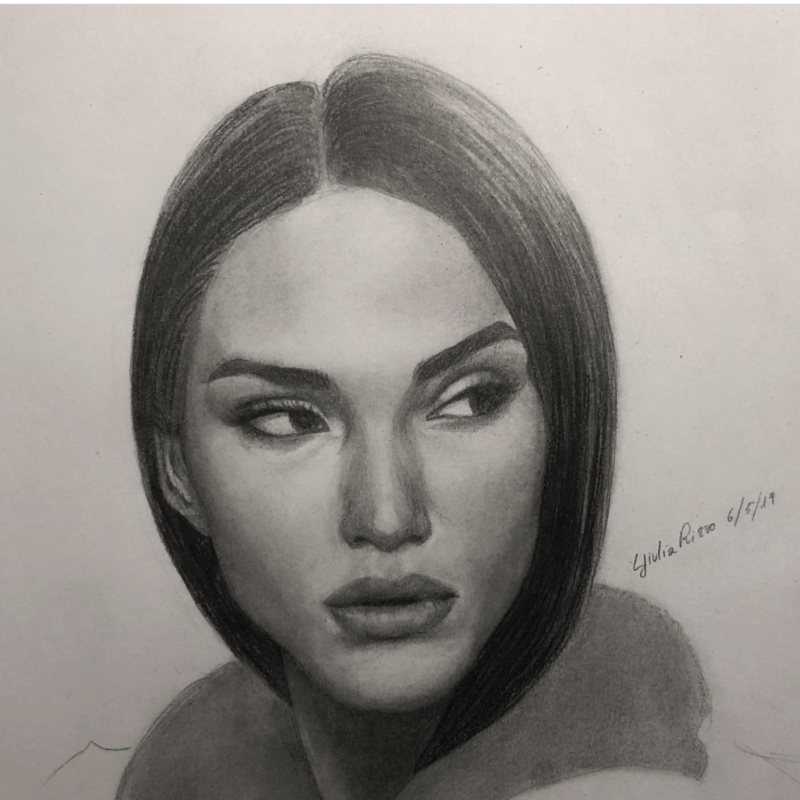Traditional cephalometric and craniometric methods are widely used in many fields, but they mainly focus on bone landmarks. In aesthetic practice, however, what truly matters are the soft tissues and their dynamic behavior, because these are what define facial beauty and harmony.
Morphodynamic Analysis provides us with a practical and objective tool to:
- detect signs of aging and negative dynamics,
- compare changes over time,
- personalize treatment plans,
- and ensure overall facial harmony.
The method begins with standardized photographs — frontal, three-quarter, and profile views, both at rest and during expression. On these images we identify adaptive skin landmarks and construct a geometric framework that divides the face into six Morphodynamic Zones. This allows us to evaluate each part of the face in relation to the whole.
But the real strength of this method lies in the dynamic layer: how muscles act, how emotions and habits influence facial aging, and how these patterns can be corrected or guided through treatment. By observing and quantifying muscle activity, we can design procedures that are not only corrective, but also preventive and regenerative.
To facilitate detailed analysis of facial muscles, it is very useful to have a dedicated medical record, such as this example:

In summary, Morphodynamic Craniofacial Analysis transforms subjective impressions into an objective, reproducible, and personalized approach for aesthetic medicine and surgery.


